Is TOG’s The Black & White Building the most sustainable office in London?
The Black & White Building, London’s tallest mass-timber office and the first new-build project from workspace specialist The Office Group (TOG), is underpinned by a sustainable ethos
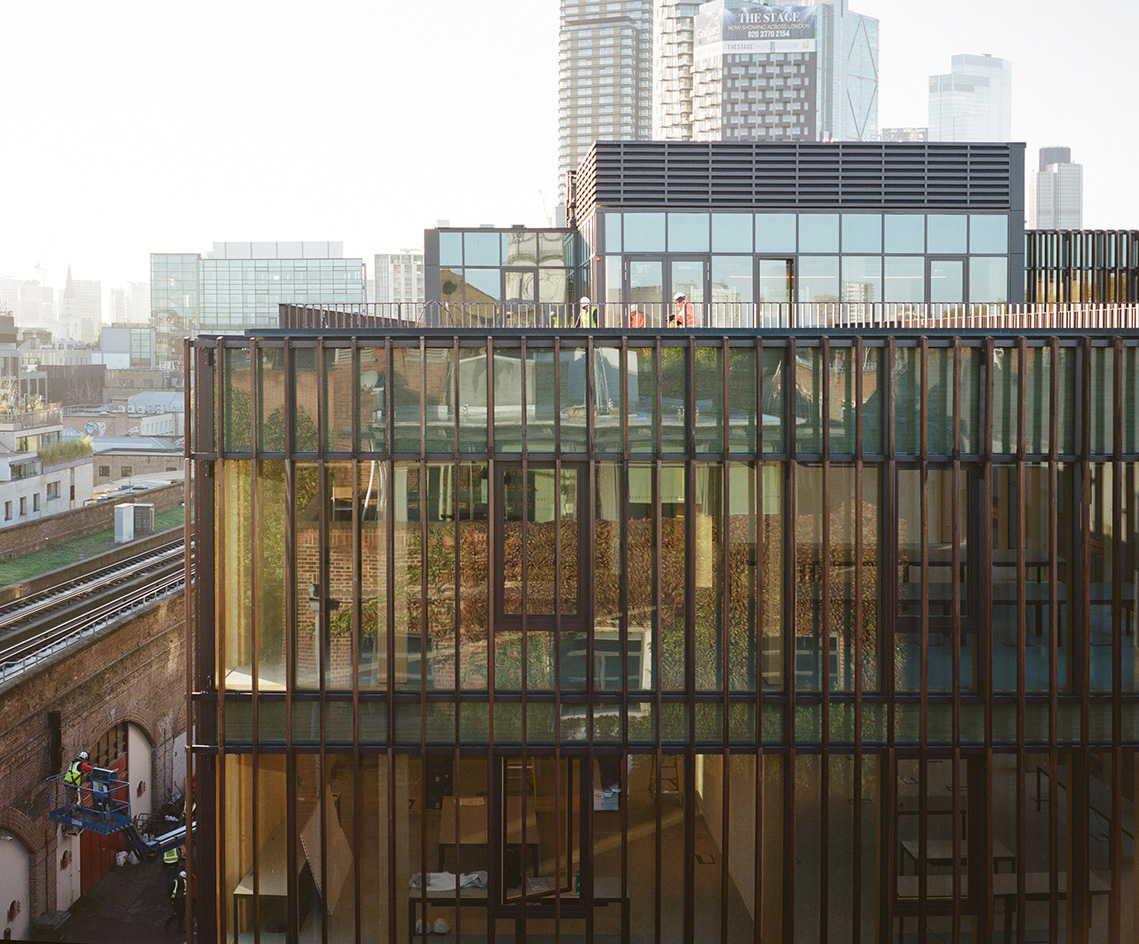
The Office Group (aka TOG) was founded in 2003, which means that the design-led workspace specialist is about to head into its third decade. The company is marking the occasion with one of its most pioneering projects to date. Welcome to The Black & White Building – the tallest mass-timber office building in central London, as well as the first workspace development that TOG has built entirely from scratch, and its most impressive yet in terms of sustainable architecture.
In its first 20 years, TOG managed to shake up the world of office development. Founders and co-CEOs Olly Olsen and Charlie Green kicked off a quiet revolution, rolling out one location after another, growing their company in size and scope and ever-refining its offering, leading the charge on flexible workspace and hybrid working models (for context, WeWork was founded in 2008).
As a result, TOG now manages over 50 buildings in the UK and Germany, where almost 20,000 users populate its outposts through a range of membership and enterprise programmes. Interestingly, this latest adventure brings the company full circle back to east London’s Rivington Street, right opposite its oldest operational venue and one-time headquarters.
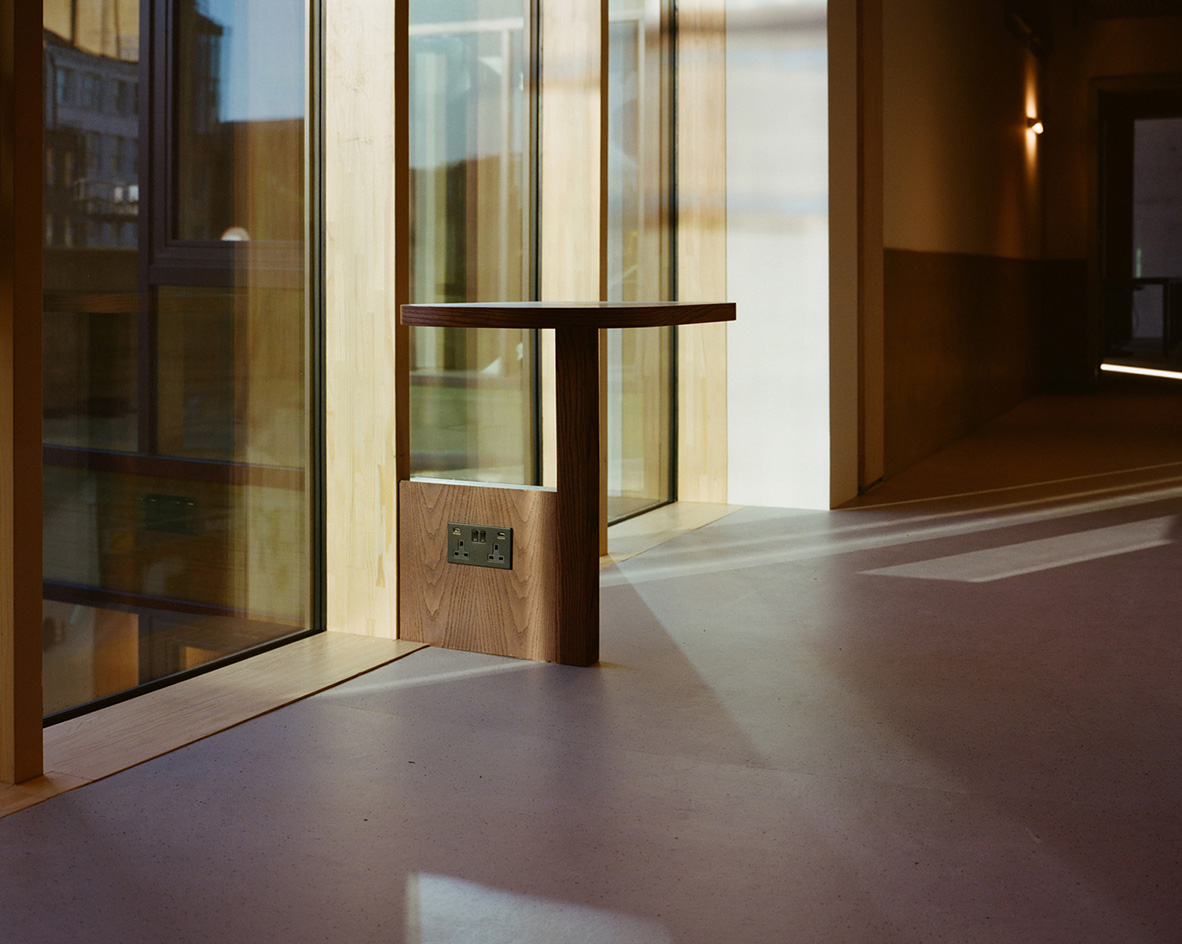
Exposed timber interiors, by Daytrip Studio, complement Waugh Thistleton’s structure
Enter The Black & White Building
The Black & White Building, which opens in winter 2023, replaces an older TOG venue on the site, a namesake building (painted black and white) that was in urgent need of an update to meet current needs. Unfortunately, the existing structure wouldn’t accommodate a retrofit and expansion, and Olsen and Green felt that building from scratch should not mean compromising on sustainability.
Enter Waugh Thistleton Architects, which is an industry leader in designing with timber, with projects such as the award-winning Bushey Cemetery in north London and Leamington Spa’s Vitsœ factory under its belt. The client-and-architect team set out to create a truly innovative, sustainable piece of workspace architecture within the relatively narrow but long site, landing at a volume seven storeys high (if you also count the accessible, planted roof) and 44m deep.
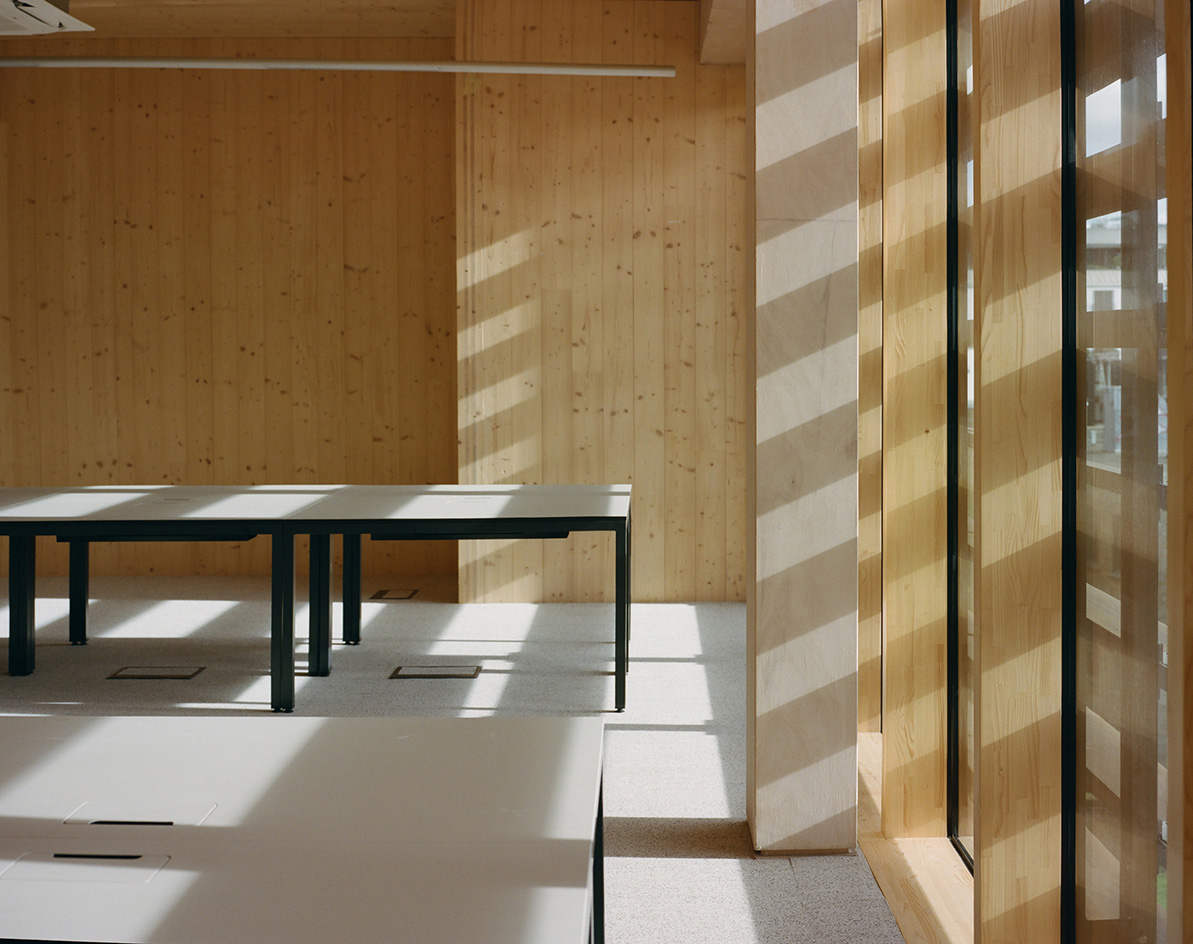
The building is lined with timber louvres that tilt as they climb upwards
Don’t let the glazed façade fool you. This building is as eco-friendly as it gets. As Waugh Thistleton’s Andrew Waugh explains, the timber louvres change in depth as they ascend the building, passively protecting it from solar radiation, and optimising the flow of natural light and heat into the workspace, instantly reducing the building’s carbon use. The louvres also reduce the need for solar coating on the glass, which is fully demountable to facilitate recycling. The building frame is entirely made from timber, with only the foundation made in concrete. ‘With timber you are not worried about weight and gravity, you are worried about wind. It’s all about understanding the material and designing with it,’ he says.
To achieve the optimum result and comply with the stringent requirements that regulate building with timber in the UK, the architects chose a CLT frame for its perfect balance of sustainability, lightness and strength. The exterior fins are hard-wearing tulipwood (which is particularly sustainable currently, thanks to a US surplus created by a combination of shallow roots and heavy storms, which means many uprooted trees are available for use). Glulam (made from glue-laminated layers of timber) is used for the curtain walling; and the columns and beams are beech LVL (laminated veneer lumber).
Wallpaper* Newsletter
Receive our daily digest of inspiration, escapism and design stories from around the world direct to your inbox.
‘Putting up a timber construction is also about four to six months faster than conventional building methods,’ Waugh says, pointing out how efficient and environmentally friendly the structure is, while also remaining elegant and honest. ‘What is important to us design-wise is that the building is a sophisticated kit of parts: you can take it apart if you wanted to’ The team expects to achieve a BREEAM Outstanding rating once everything is completed.
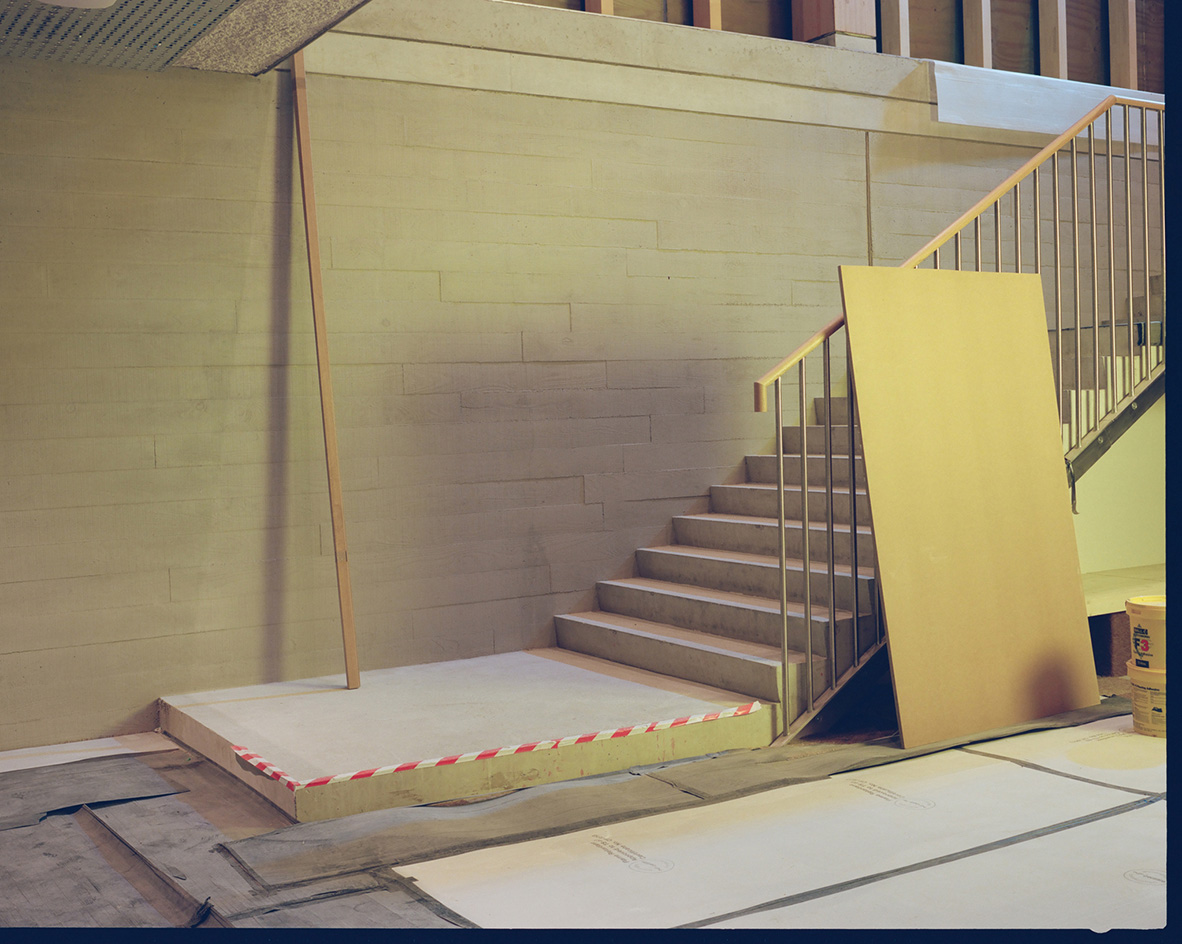
The building is designed to allow for optimum heat and natural light throughout
The market seems to be responding. ‘We expect to have at least 40 per cent of the building let from day one,’ Green explains. ‘The demand is there, the sustainability story is compelling, and of course the strength of the design is a tremendous incentive.’ Waugh Thistleton’s carefully composed timber structure is complemented by interiors by emerging London studio Daytrip. Inside, spaces include coworking lounges, separate offices, meeting rooms, private booths, bike storage, showers, and a yoga studio that can be rented out. The commitment to sustainability continues with interiors too – for example, the yoga room ceiling is sprayed with Sonaspray, an eco-friendly acoustic treatment made from fire-treated recycled paper and other rapidly renewable materials. Wherever possible, furniture has been sourced from within the UK, with a particular emphasis on pieces from London-based makers, including Kusheda Mensah and Sebastian Cox.
‘The other magical thing about wood is its longevity,’ says Waugh. ‘Did you know that the oldest wooden church in the world is in Essex [Greensted Church] and it’s been there for over a thousand years?’ There’s plenty to admire about the humble natural material’s abilities, and TOG has its eye on more projects in the same vein. ‘This is our chance to really push to be different. Leading sustainability by example,’ says Green. The Black & White Building is just the beginning.
The Black & White Building opens 17 January 2023
A version of this story appears in January 2023 Wallpaper*, The Future Issue, available now in print, on the Wallpaper* app on Apple iOS, and to subscribers of Apple News +. Subscribe to Wallpaper* today
Ellie Stathaki is the Architecture & Environment Director at Wallpaper*. She trained as an architect at the Aristotle University of Thessaloniki in Greece and studied architectural history at the Bartlett in London. Now an established journalist, she has been a member of the Wallpaper* team since 2006, visiting buildings across the globe and interviewing leading architects such as Tadao Ando and Rem Koolhaas. Ellie has also taken part in judging panels, moderated events, curated shows and contributed in books, such as The Contemporary House (Thames & Hudson, 2018), Glenn Sestig Architecture Diary (2020) and House London (2022).
-
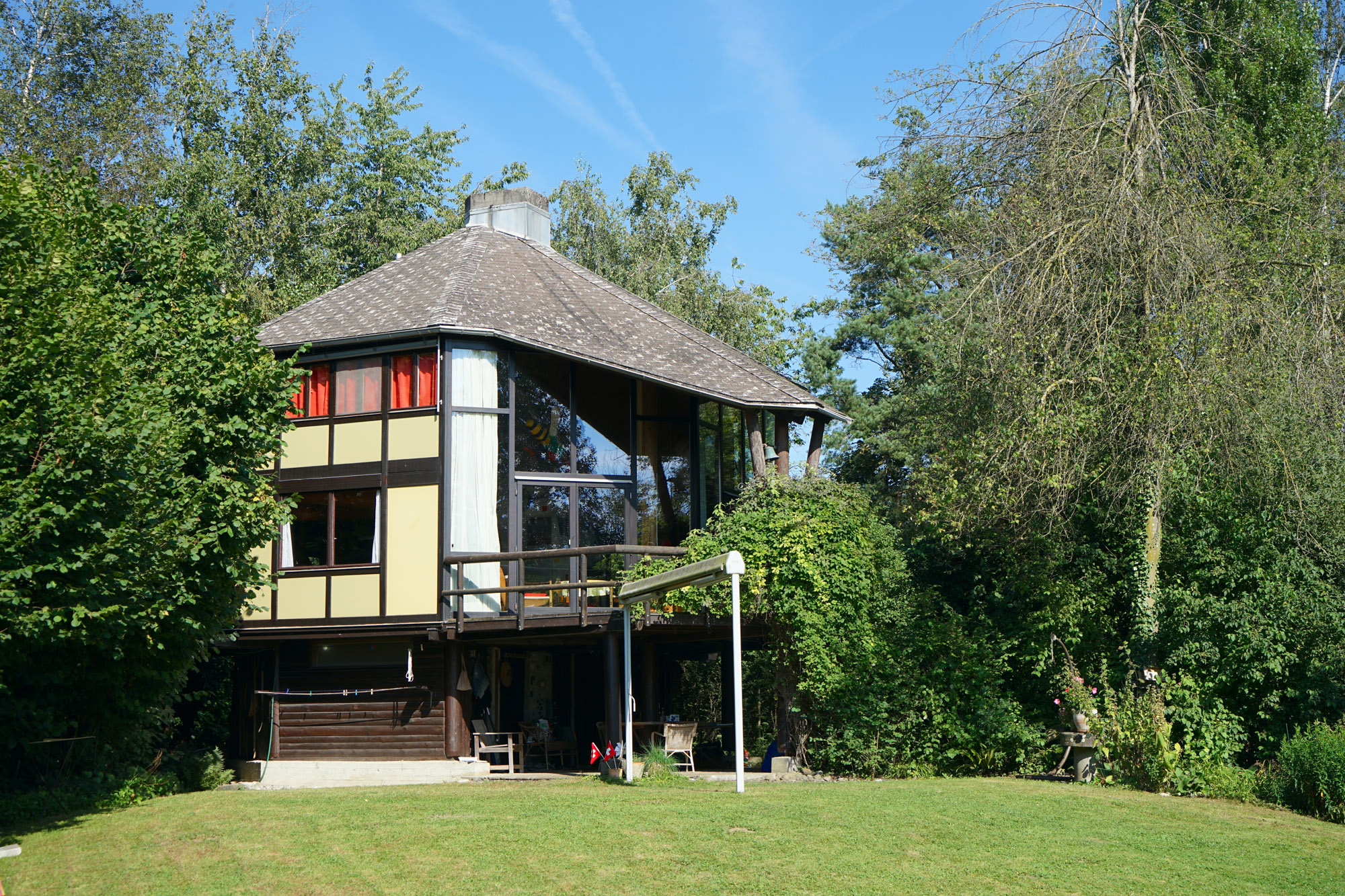 Meet Lisbeth Sachs, the lesser known Swiss modernist architect
Meet Lisbeth Sachs, the lesser known Swiss modernist architectPioneering Lisbeth Sachs is the Swiss architect behind the inspiration for creative collective Annexe’s reimagining of the Swiss pavilion for the Venice Architecture Biennale 2025
By Adam Štěch
-
 A stripped-back elegance defines these timeless watch designs
A stripped-back elegance defines these timeless watch designsWatches from Cartier, Van Cleef & Arpels, Rolex and more speak to universal design codes
By Hannah Silver
-
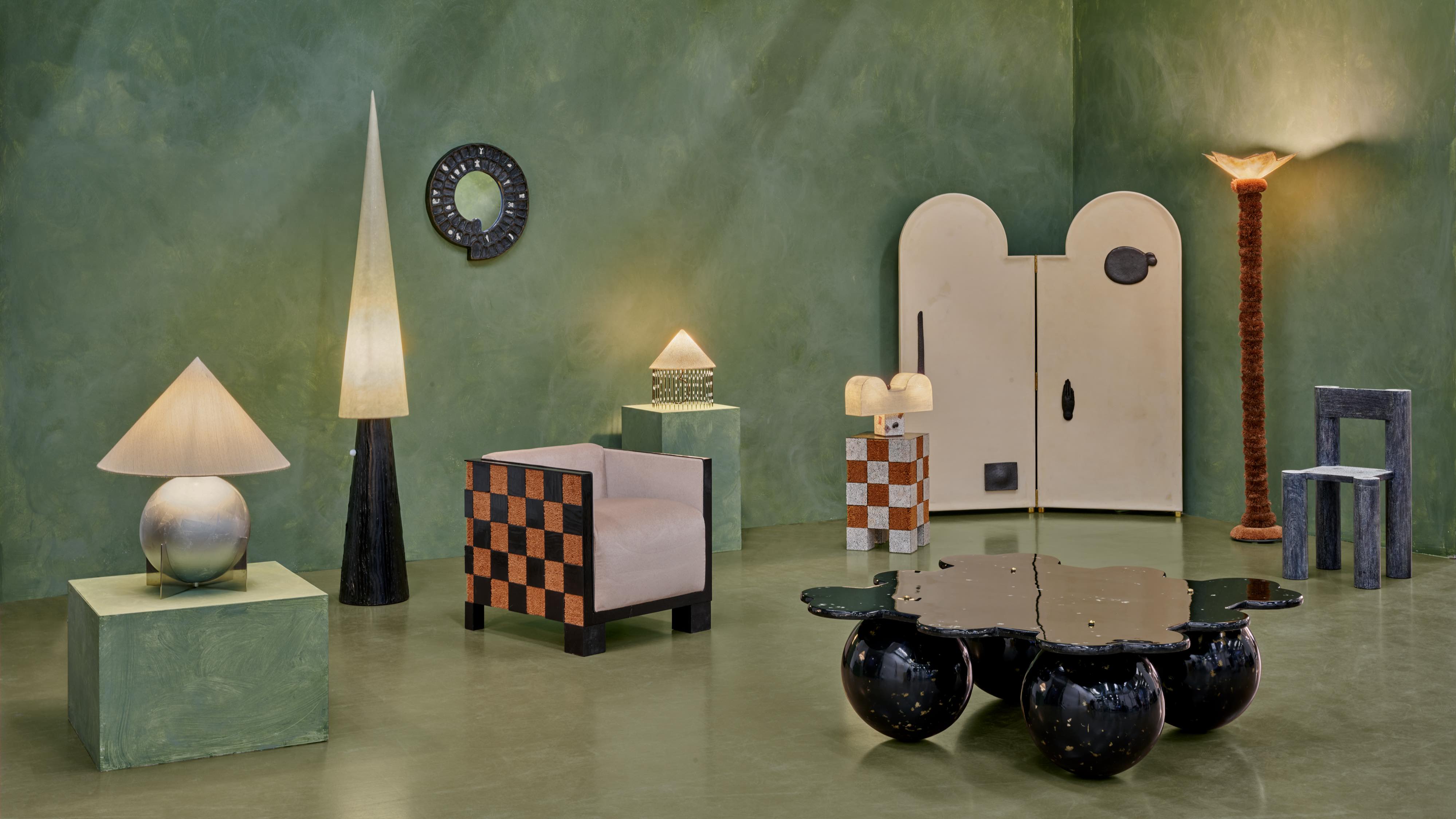 Postcard from Brussels: a maverick design scene has taken root in the Belgian capital
Postcard from Brussels: a maverick design scene has taken root in the Belgian capitalBrussels has emerged as one of the best places for creatives to live, operate and even sell. Wallpaper* paid a visit during the annual Collectible fair to see how it's coming into its own
By Adrian Madlener
-
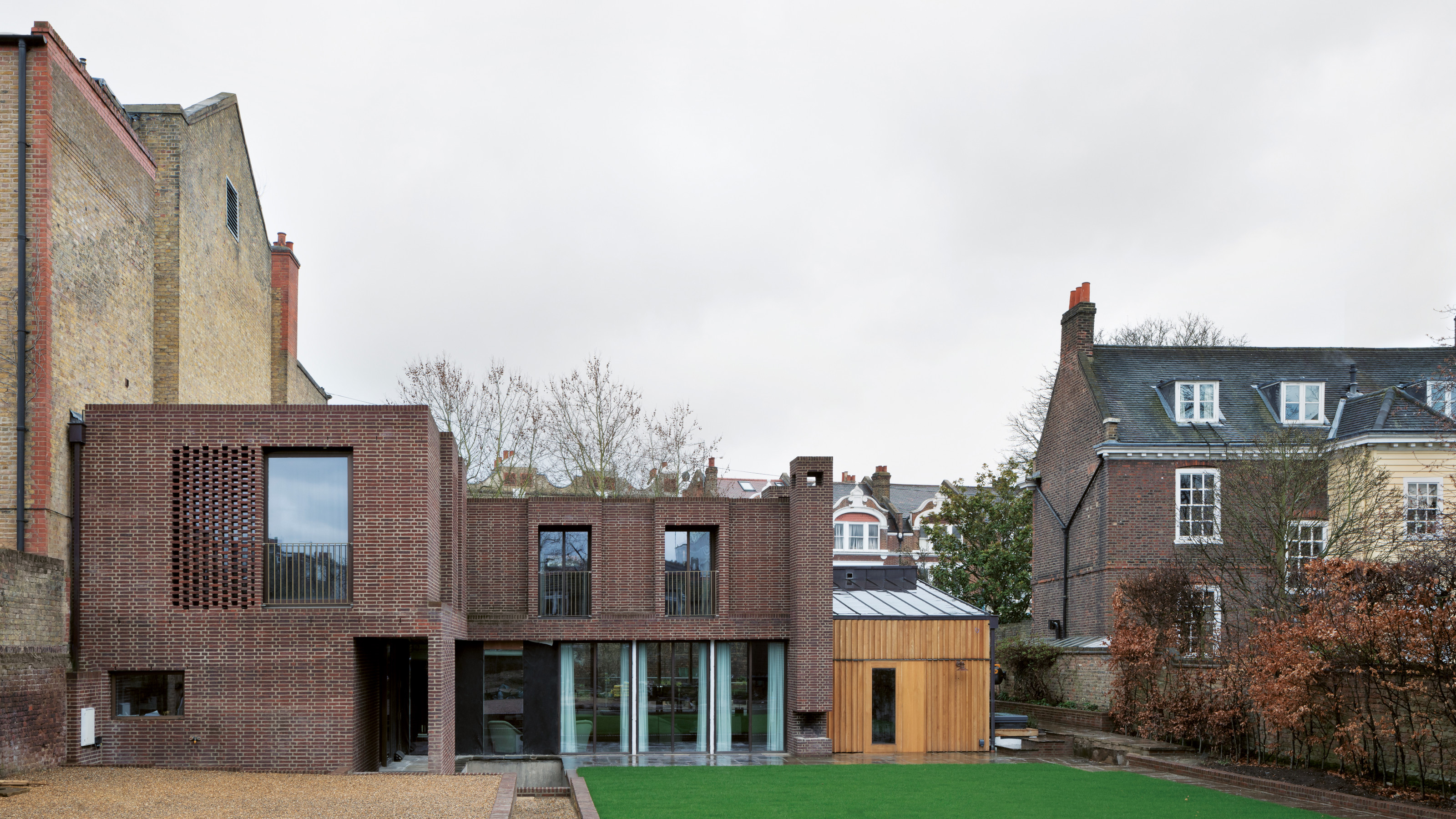 A new London house delights in robust brutalist detailing and diffused light
A new London house delights in robust brutalist detailing and diffused lightLondon's House in a Walled Garden by Henley Halebrown was designed to dovetail in its historic context
By Jonathan Bell
-
 A Sussex beach house boldly reimagines its seaside typology
A Sussex beach house boldly reimagines its seaside typologyA bold and uncompromising Sussex beach house reconfigures the vernacular to maximise coastal views but maintain privacy
By Jonathan Bell
-
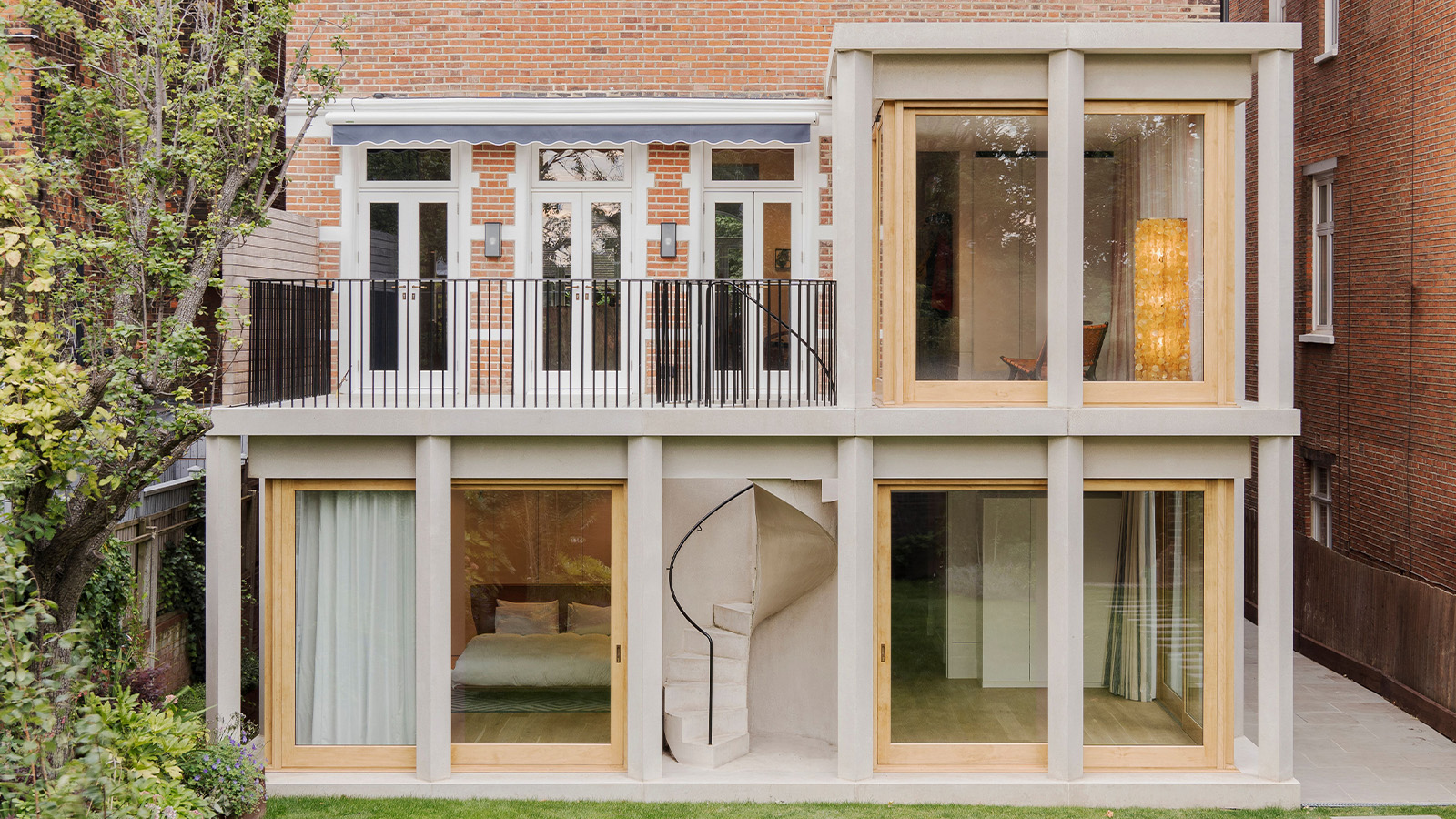 This 19th-century Hampstead house has a raw concrete staircase at its heart
This 19th-century Hampstead house has a raw concrete staircase at its heartThis Hampstead house, designed by Pinzauer and titled Maresfield Gardens, is a London home blending new design and traditional details
By Tianna Williams
-
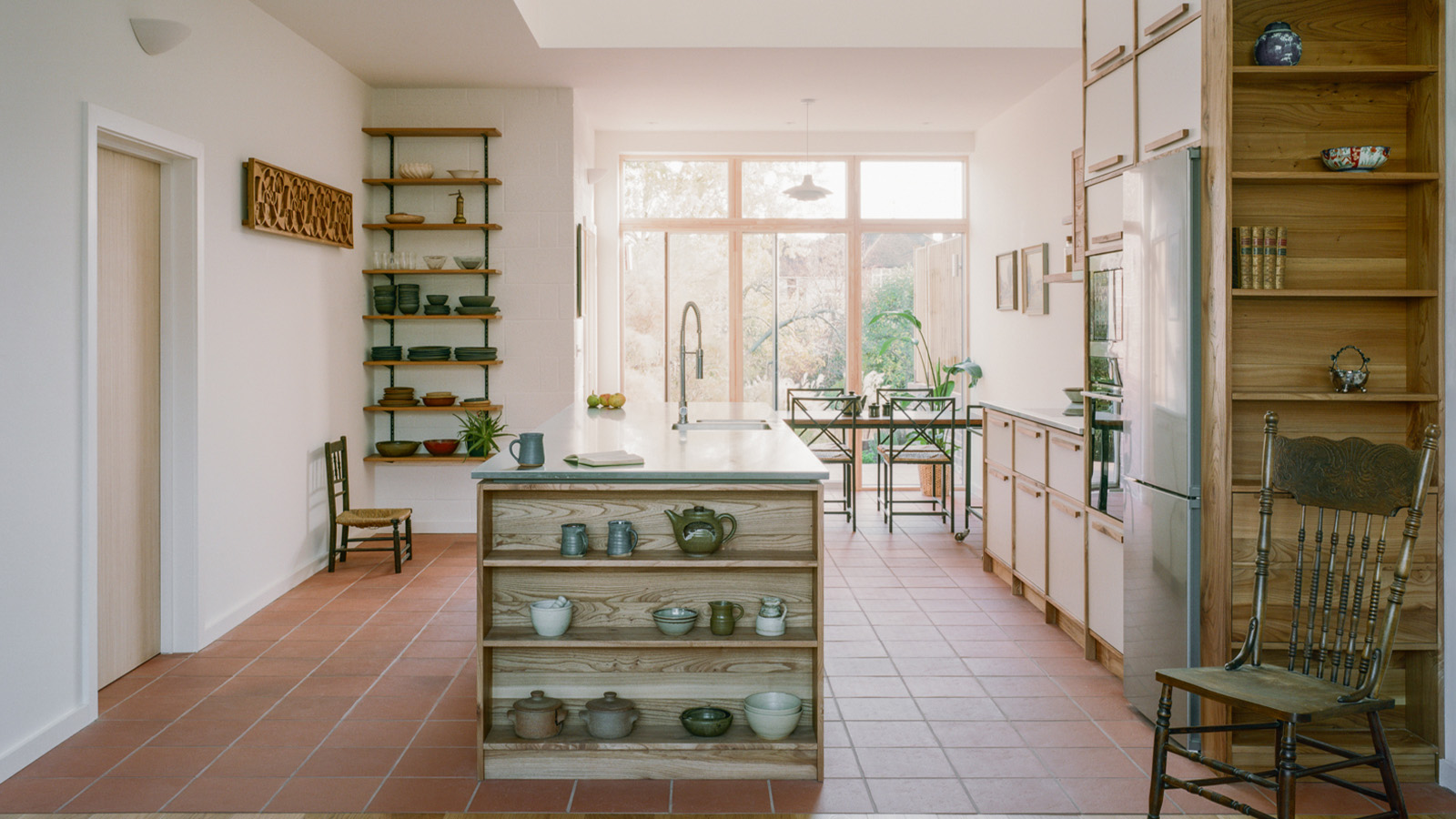 An octogenarian’s north London home is bold with utilitarian authenticity
An octogenarian’s north London home is bold with utilitarian authenticityWoodbury residence is a north London home by Of Architecture, inspired by 20th-century design and rooted in functionality
By Tianna Williams
-
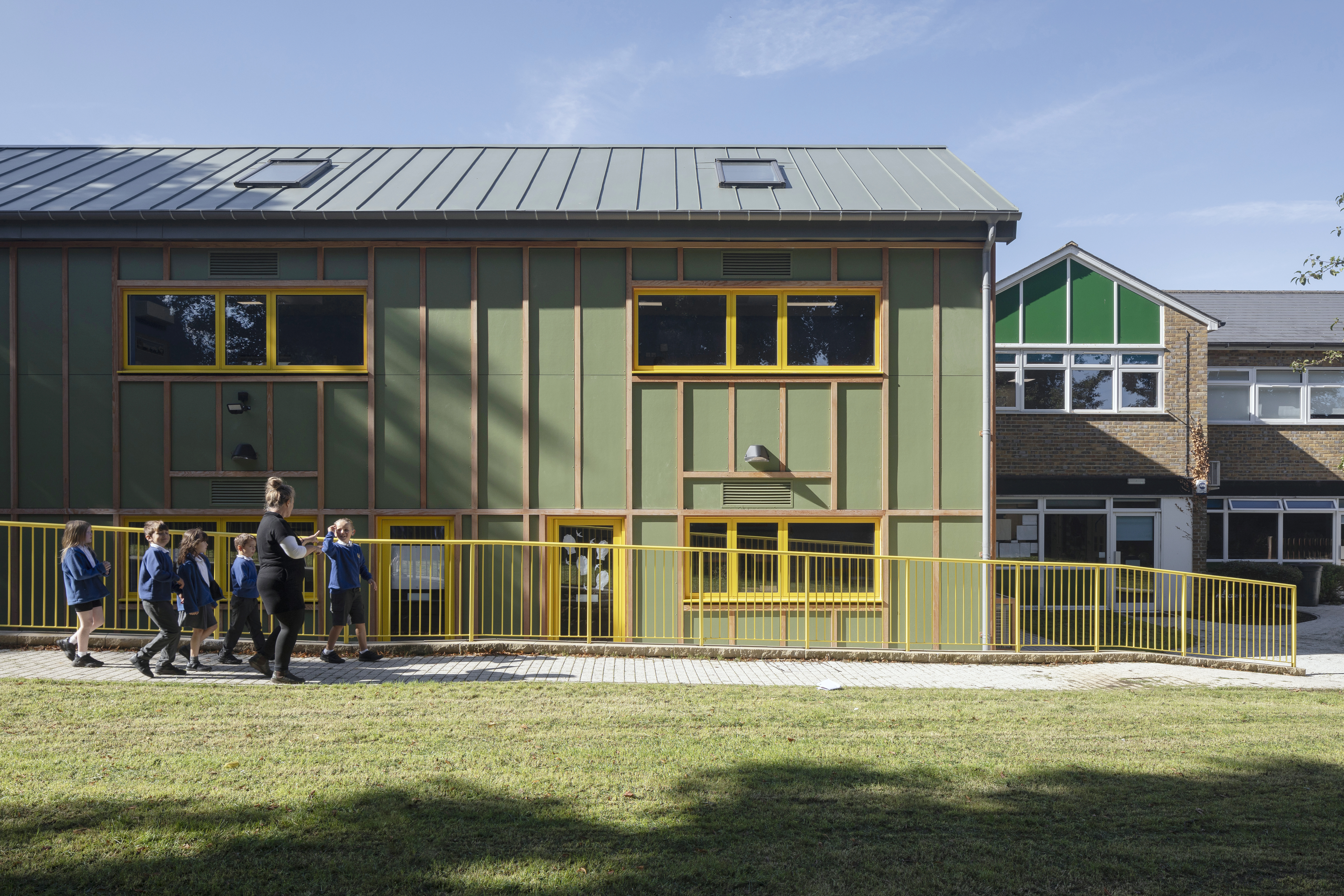 What is DeafSpace and how can it enhance architecture for everyone?
What is DeafSpace and how can it enhance architecture for everyone?DeafSpace learnings can help create profoundly sense-centric architecture; why shouldn't groundbreaking designs also be inclusive?
By Teshome Douglas-Campbell
-
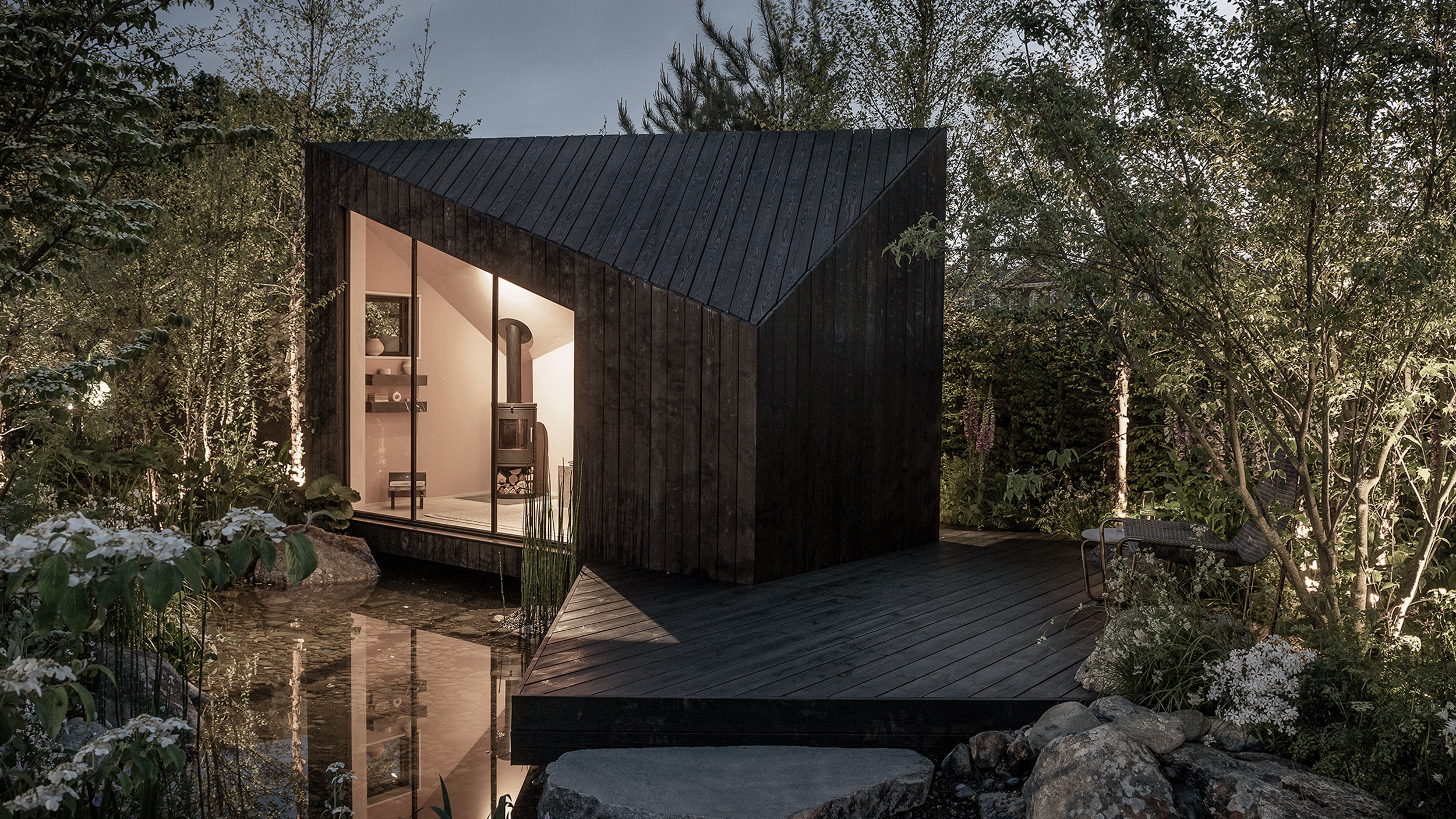 The dream of the flat-pack home continues with this elegant modular cabin design from Koto
The dream of the flat-pack home continues with this elegant modular cabin design from KotoThe Niwa modular cabin series by UK-based Koto architects offers a range of elegant retreats, designed for easy installation and a variety of uses
By Jonathan Bell
-
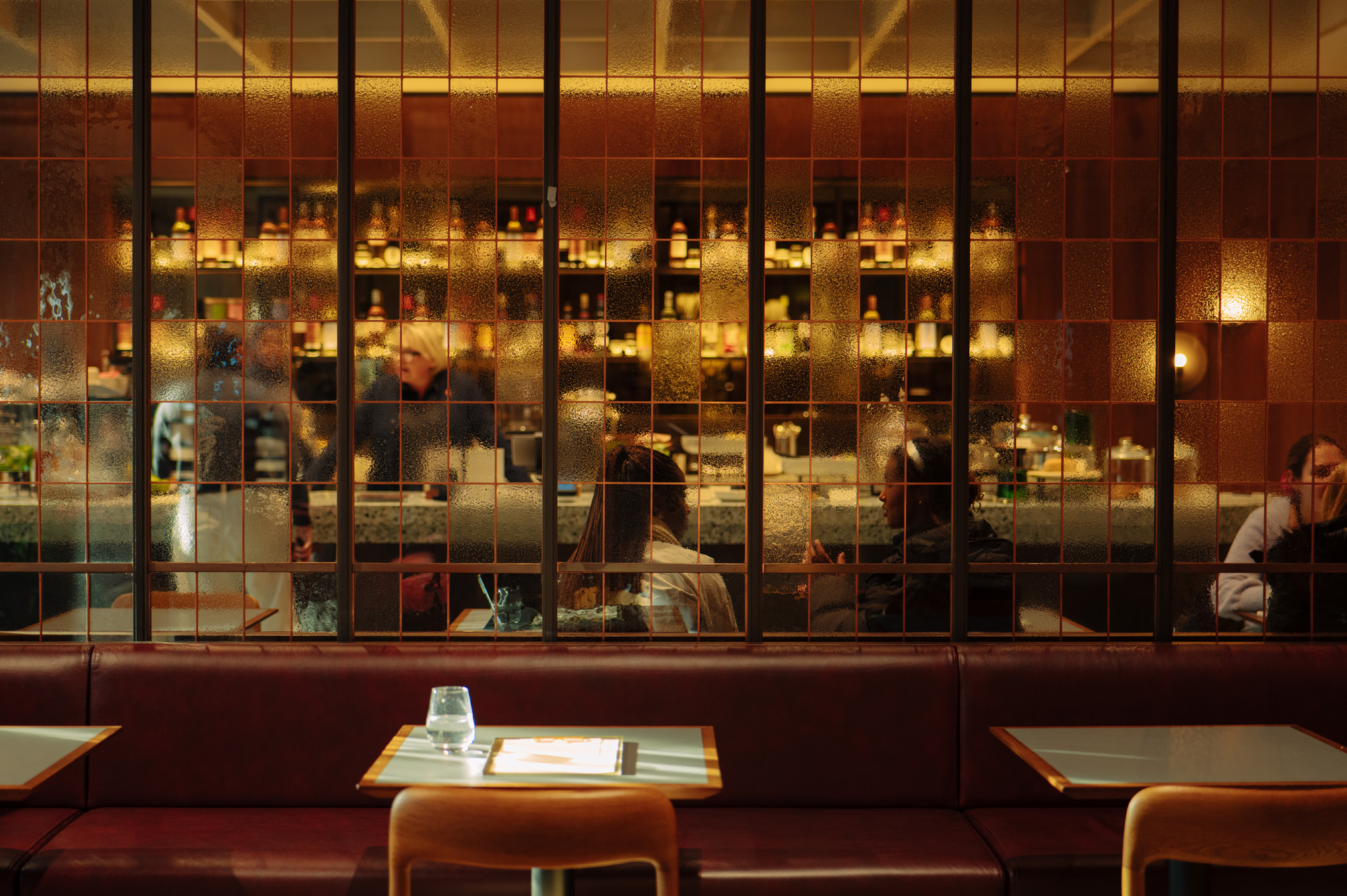 Fluid workspaces: is the era of prescriptive office design over?
Fluid workspaces: is the era of prescriptive office design over?We discuss evolving workspaces and track the shape-shifting interiors of the 21st century. If options are what we’re after in office design, it looks like we’ve got them
By Ellie Stathaki
-
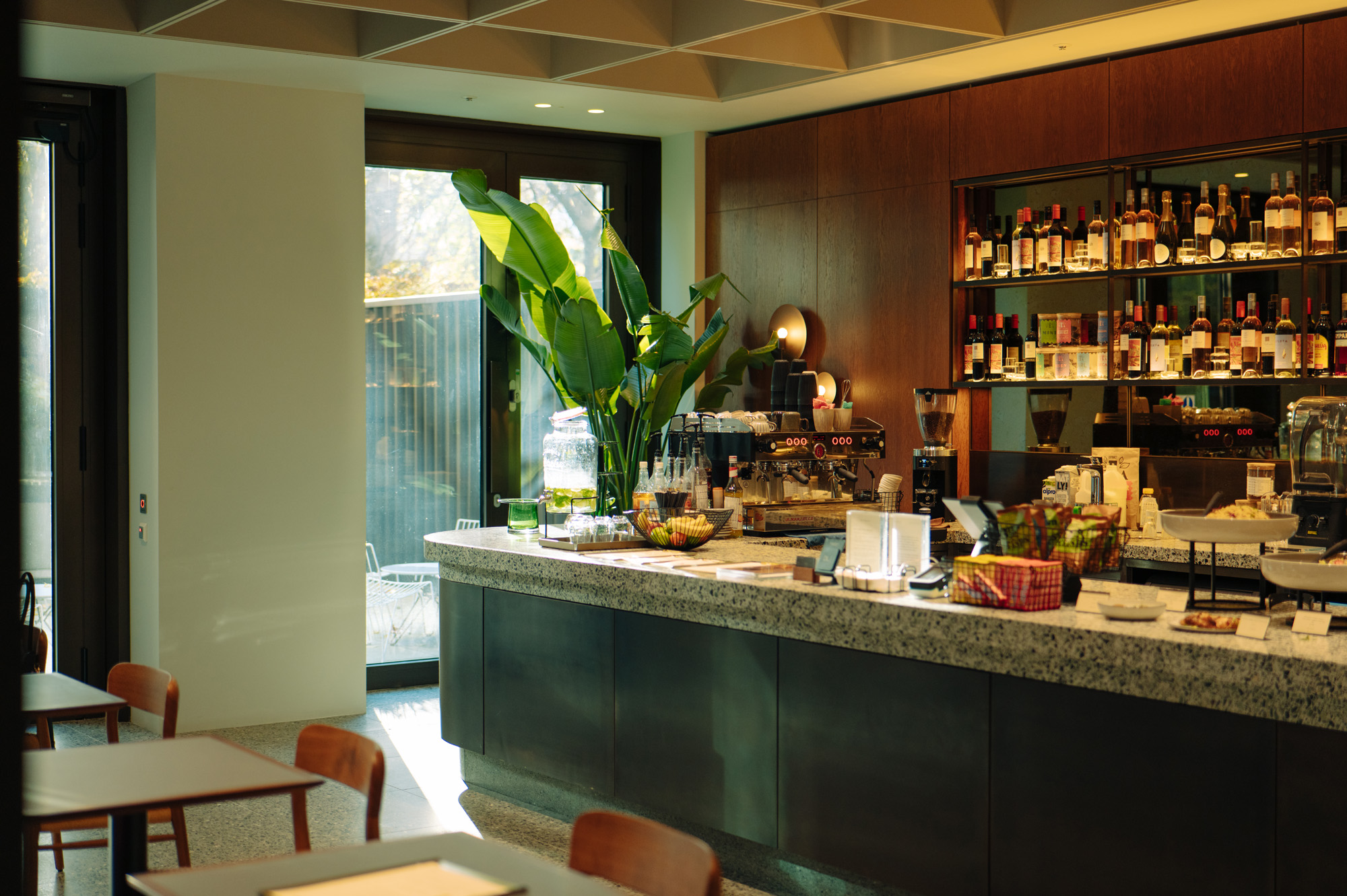 Are Derwent London's new lounges the future of workspace?
Are Derwent London's new lounges the future of workspace?Property developer Derwent London’s new lounges – created for tenants of its offices – work harder to promote community and connection for their users
By Emily Wright